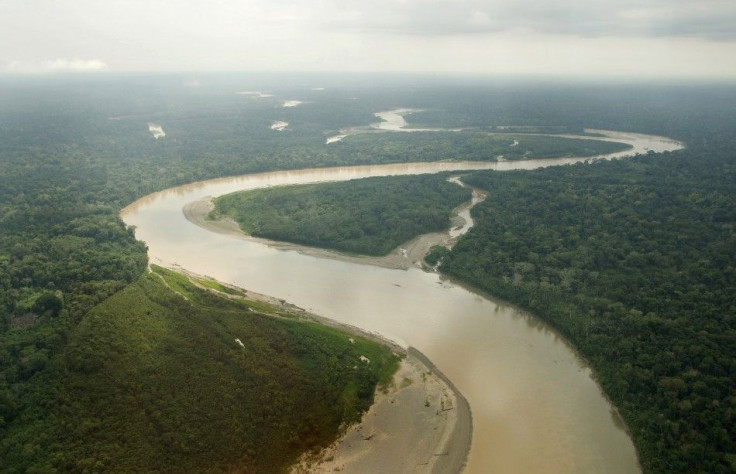Creatures, Thought to be Extinct, Found In The Lost City In Honduras

Deep in the American jungle once thrived Ciudad Blanca or White City that is now lost in overgrown mosses and trees. Abandoned thousands of years ago by its people, the city, also called ‘The Lost City of the Monkey God’ got lost in time and so did the creatures that once upon a time lived there.
Biologists found that the ancient settlement is home to pumas, bats, frogs, jaguars, birds and insects. The different communities of animals and insects have surprised experts.
“There’s not many places left where we see a full community of species from the prey all the way up to the predators,” says Trond Larsen, a Conservation International biologist. Larsen described the deserted civilization as an "archaeological marvel," Another conservation biologist, Daisy Maryon, at the Kanahau Utila Research and Conservation Facility in Honduras, said the flora and fauna at the Ciudad Blanca is "extremely promising."
Maryon explained that large expansions of undisturbed forest are becoming increasingly rare in Central America. “The rich diversity in Ciudad Blanca is positive, as 83 percent of wildlife populations in Latin America have declined since the 1970s, mainly due to the destruction of habitat,” she said. She explained that large mammals like jaguars and tapirs are impressive. “But the diversity of environmentally sensitive amphibians and reptiles are particularly exciting. Their presence and diversity in the Ciudad Blanca indicate good health of the forest and ecosystem,” she added.
A team of scientists have discovered that the Lost City is home to rare species such as tiger beetle, which was believed to be extinct. The CNN said the scientists recorded 246 species of butterflies and moths, 30 bats, 57 amphibians and reptiles, with rare and endangered plants, mammals, fishes and insects. “There’s no roads, there’s no logistical infrastructure to access, so you have to helicopter in. And when you do that, you end up visiting places where wildlife tends to be much more abundant,” said Larsen. “The animals and creatures that live in the area aren’t used to human interaction, which allowed for some incredible moments of interaction and education.”
He said the area has big, old-growth trees that are hundreds or even thousands of years old. “They are overwhelming in size and amazing to see,” he added.
© Copyright IBTimes 2024. All rights reserved.





















